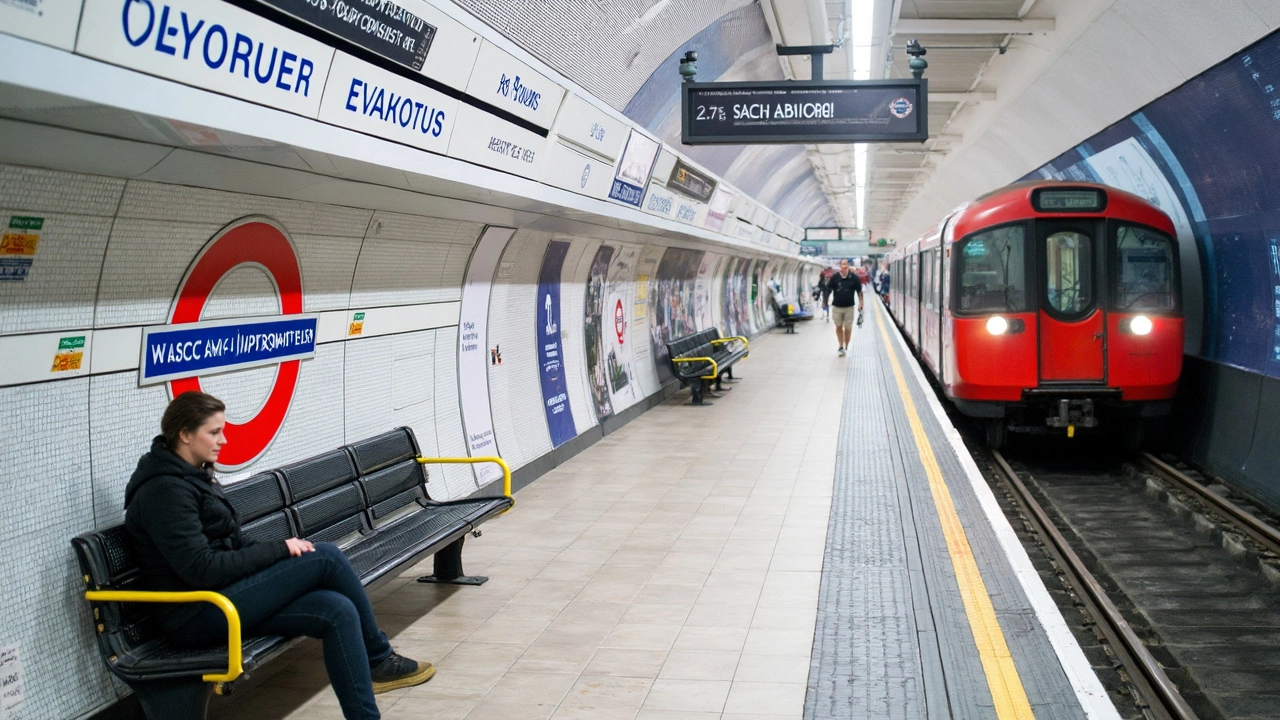Underground Safety Tips for Sports Car Owners
Parking your high‑performance machine in an underground garage can feel like a smart move – it shields the car from weather and keeps it out of sight. But the subterranean environment brings its own set of hazards that can damage a pricey ride or even cause personal injury. Below are the everyday situations you’re likely to meet and the actions you can take right now to stay safe.
Why underground parking matters
First, understand why underground spaces are different from street parking. The concrete walls and low ceilings mean there’s less room for error; a mis‑judged turn can scratch paint or hit a support column. Poor lighting can hide puddles, oil spots, or debris, making it easy to slip on foot or lose traction while reversing. And because many garages share ventilation with other vehicles, carbon‑monoxide buildup can become a real health risk if the system isn’t working properly.
These factors also affect your car’s electronics. Humidity and occasional water leaks can creep into sensitive components, especially if you own a modern car packed with sensors and wiring. So treating an underground garage as a “no‑risk zone” is a mistake.
Practical safety steps
1. Scan the lighting. When you enter, note whether the lights are bright and evenly spread. If you see dark patches, move to a well‑lit spot or turn on your car’s headlights and interior lights for extra visibility. Bright lighting helps you spot floor slickness and gives you a better view of nearby pillars.
2. Check the floor condition. Look for oil, water, or gravel before you park. A quick visual scan can prevent a spin on a wet patch or a scratch from a stray stone. If the floor is wet, drive slowly and give yourself extra stopping distance.
3. Use your mirrors and backup camera. Underground spaces are tight, so rely on every angle you have. Adjust side mirrors for a wider view and keep the backup camera on. If your car has parking sensors, trust them – they’re designed to warn you of obstacles that you can’t see.
4. Mind the clearance. Measure the height of low beams, sprinkler heads, and any hanging signage. Even a few centimeters can scrape a low‑slung sports car. If you’re unsure, park a little farther back and use a step‑ladder or a friend’s help to gauge the space.
5. Secure the vehicle. After you park, pull the handbrake, engage the parking mode, and lock the doors. If the garage has a ramp, engage the hill‑hold function to avoid rolling. A car that shifts even slightly can hit a wall and cause costly bodywork damage.
6. Watch for ventilation warnings. If you notice a strange smell or hear the ventilation fans working harder than normal, step out and alert garage staff. Carbon‑monoxide is odorless – any suspicion should be taken seriously.
7. Keep emergency contacts handy. Save the garage’s management phone number in your car’s infotainment system. If a power outage or fire alarm sounds, you’ll know who to call for guidance.
Following these steps takes only a minute but can save you thousands in repairs and protect you from injury. Underground parking isn’t dangerous by default – it’s just another environment that needs a bit of respect and attention.
Next time you glide into a subterranean lot, remember the simple checklist: light, floor, clearance, mirrors, brake, ventilation, and contact. Your sports car will thank you with a flawless finish, and you’ll walk away feeling confident that you’ve done everything right.

In 1987, a fire at King’s Cross Underground station led to 31 deaths and exposed severe flaws in London’s public transport safety. The tragedy sparked a nationwide overhaul of fire regulations, changing how the Underground operates and responds to emergencies.
Continue Reading





